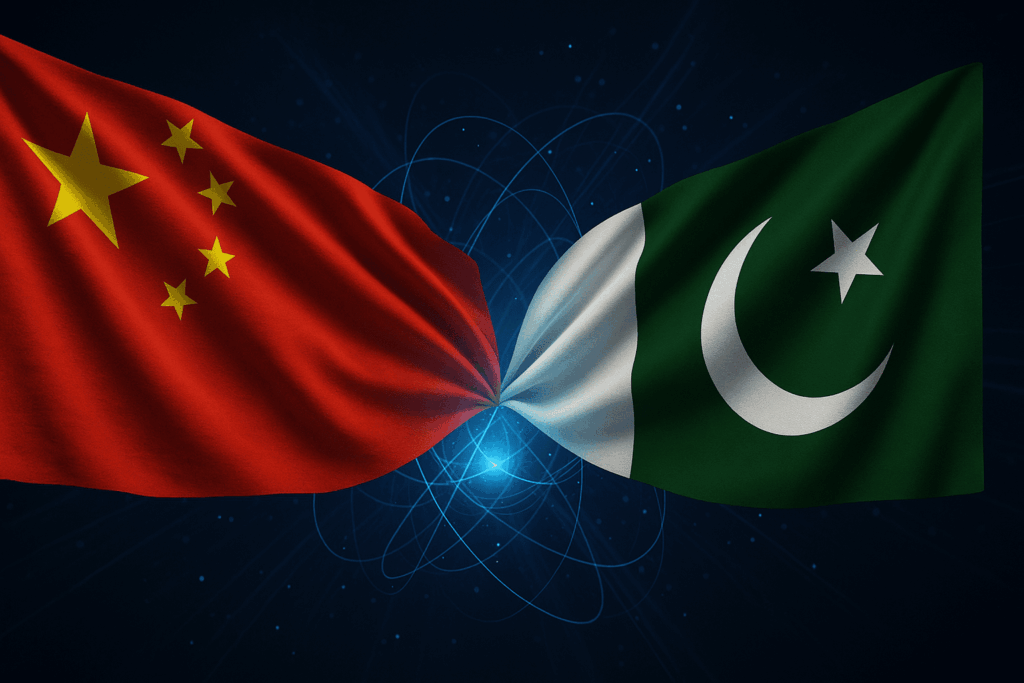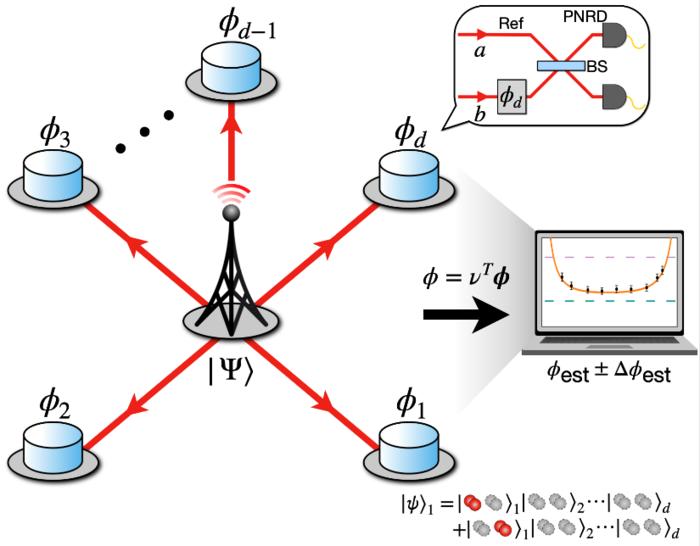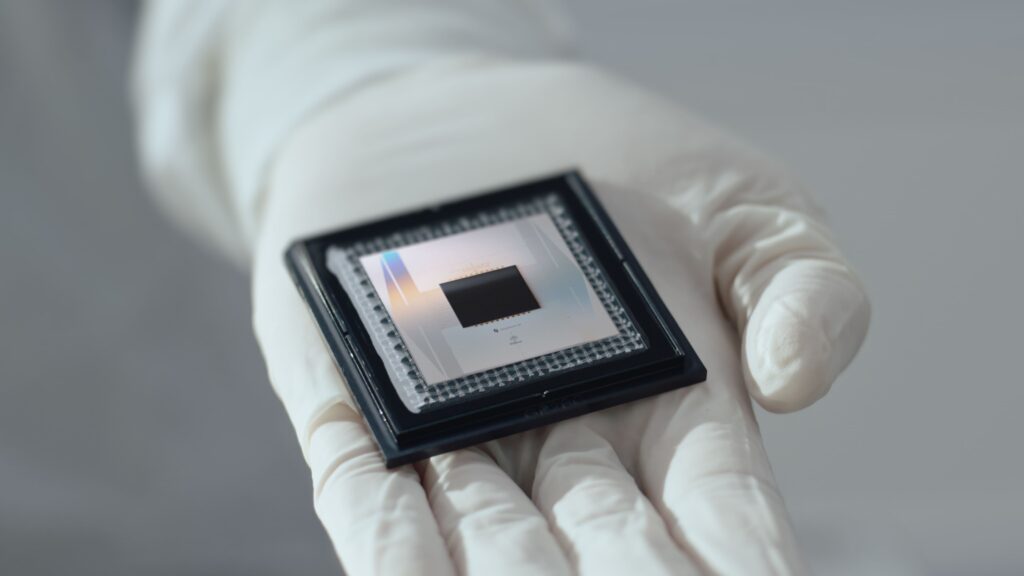Insider Brief
- Tariffs on critical quantum technology inputs threaten to undermine U.S. leadership in a field with major national security and economic implications.
- Despite a new U.S.-EU trade deal, quantum startups face rising costs, supply delays, and investor uncertainty due to existing and proposed import duties.
- Experts urge swift tariff carveouts, expanded domestic supply chain incentives, and regional quantum hubs to safeguard America’s position in the global quantum race.
A newly announced trade agreement between U.S. and the European Union has averted a full-scale trade war, but looming tariffs on critical imports continue to pose a direct threat to one of America’s most strategically vital sectors: quantum technology.
While President Donald Trump touts the deal as a win for U.S. industry, experts warn that without swift exemptions for quantum components and a broader domestic supply strategy, the United States could cede its fragile lead in a race that may define the next technological era. In an op-ed published by the Washington Examiner, Constanza M. Vidal Bustamante, a quantum policy fellow at the Center for a New American Security, outlines how planned tariff escalations could inflict lasting damage on the nation’s quantum ecosystem.
“Yet just as the quantum race intensifies, U.S. tariffs are throwing a wrench into America’s quantum innovation engine,” Vidal Bustamante writes. “For a fledgling industry constrained by tight budgets and a thin, global supplier base spanning Europe, China, Japan, and more, the current 10% baseline tariffs and higher duties on certain countries are already imposing crippling costs, multi-month procurement bottlenecks, and potentially irreversible setbacks in technology development.”

Quantum technologies — including advanced sensors, ultra-powerful computers, and highly secure communications — are beginning to move from labs into military, commercial, and industrial applications. Several U.S. startups have recently announced technical milestones, and quantum sensors are being evaluated for military use in GPS-compromised environments. Researchers anticipate a cascade of practical applications within the next five years.
“Quantum computers, sensors, and networks that harness subatomic physics could dramatically transform fields from drug discovery to resource exploration to communications,” writes Vidal Bustamante. “This might bring vast economic benefits and new battlefield and cyber capabilities to reshape global power. The long-awaited quantum revolution is underway: sensors are beginning to be adopted in military platforms for high-precision, resilient navigation amid GPS vulnerabilities, and several companies have unveiled computing breakthroughs. Major advances toward practical applications are expected within three to five years.”
Growth Not Guaranteed
But the growth of the U.S. quantum industry remains precarious. Despite the country’s concentration of top-tier quantum firms and university programs, many startups depend on a narrow list of overseas suppliers for critical inputs like lithium niobate and holmium copper. These materials are essential for building the chips, lasers, and cryogenic systems that make quantum systems function. There are currently no domestic sources for many of these items.
Tariffs now apply across a range of these quantum inputs. Even a 10% duty can cost startups the equivalent of several employee salaries. According to Vidal Bustamante, these charges are particularly damaging for quantum firms operating on narrow margins and lengthy R&D timelines. She argues that these tariffs are causing procurement delays, higher operating costs, and lost bids, especially for defense-related contracts.
U.S. companies also face bureaucratic hurdles in navigating constantly shifting tariff classifications and compliance requirements. According to the CNAS editorial, some companies have been forced to reassign technical staff to handle customs filings and tariff appeals, slowing down product development. This is compounded by additional federal restrictions, including recent export controls on quantum computing technologies and uncertainty over federal research funding and immigration rules for high-skilled talent.
The cost of inaction may be steep. Labs are deferring work in quantum engineering and materials research. Startups are scaling back hiring or postponing milestone projects.With talent and capital in short supply, even temporary setbacks could push promising ventures into shutdown.
Meanwhile, global competition is not slowing down. China is already considered a leader in quantum communications and is closing in on parity in quantum sensing and computing. The European Union has also just updated its quantum strategy, aiming for global leadership by 2030. Without policy adjustments, the U.S. could find itself trailing in a technology space that may reshape everything from national defense to climate modeling to pharmaceutical development.
Three Action Steps
Vidal Bustamante calls for immediate action on three fronts. First, she urges the administration to grant tariff exemptions for essential quantum imports, similar to the targeted approach taken with semiconductors. These carveouts could be contingent on commitments to local manufacturing once domestic capabilities exist.
Second, she recommends embedding quantum-specific incentives into the expected reauthorization of the National Quantum Initiative Act, a 2018 law that spurred federal investment in the sector. These could include loan programs, advanced procurement agreements, and expanded access to fabrication facilities to accelerate domestic production of quantum-grade materials.
Finally, she advocates for a regional strategy to grow quantum hubs, using state-level partnerships to build resilient supply chains, expand the quantum workforce and de-risk development.
Although Trump’s EU deal has bought some breathing room for transatlantic trade, the U.S. quantum sector remains vulnerable. Without immediate relief, the mounting cost of tariffs and policy friction may hollow out a technology base that took years of investment to build. What’s at stake is not just economic competitiveness but also national security and technological self-determination in an era of geopolitical uncertainty.
“Washington has a narrow window to halt the erosion of America’s quantum edge,” Vidal Bustamante writes. “By coupling targeted tariff relief with domestic supply chain development, the administration can safeguard its quantum legacy and ensure the United States commands the economic and security gains of the coming quantum age.”

















